Why were convicts transported to Australia?
Until 1782, English convicts were transported to America. However, in 1783 the American War of Independence ended. America refused to accept any more convicts so England had to find somewhere else to send their prisoners. Transportation to New South Wales was the solution.
Why so many convicts?
Life in Britain was very hard. As new machines were invented, people were no longer needed to do farming jobs so they moved to the cities. The cities became overcrowded. Many people didn’t have a job and were very poor. People stole things to survive. Minor crimes such as stealing items worth more than 1 shilling (about a day’s wages for a working person), cutting down a tree in an orchard or stealing livestock were punishable by transportation. The prisons quickly became full and prisoners were kept in old, rotting prison ships called hulks. These ships were usually an old naval or merchant ship that could not go to sea anymore but could still float safely in the harbour.
What was life like on the hulks?
Conditions in these floating gaols were terrible. The hulks were over-crowded and cramped, often there wasn’t even room to stand up! A hulk could be up to 65 metres long. This is the same size as 6 buses placed end to end. On board each hulk there could be up to 300 convicts. There were many diseases on board and convicts died. Between 1776 and 1795 nearly 2000 out of almost 6000 convicts held on hulks, died. The majority died from diseases such as typhoid and cholera.The convicts were not fed very well. The people in charge wanted to keep costs low. The daily diet was often made up of ox-cheek, either boiled or made into soup, pease (peas), bread or biscuits. The biscuits were often mouldy. Tobacco could be supplied as part of their ration as a reward for a job well done or for good behaviour. Convicts got up at sunrise and worked hard for up to 10 hours a day. All convicts were sentenced to hard labour as part of their punishment and could be forced to work at just about any manual task such as timber cutting, brick making or stone cutting.
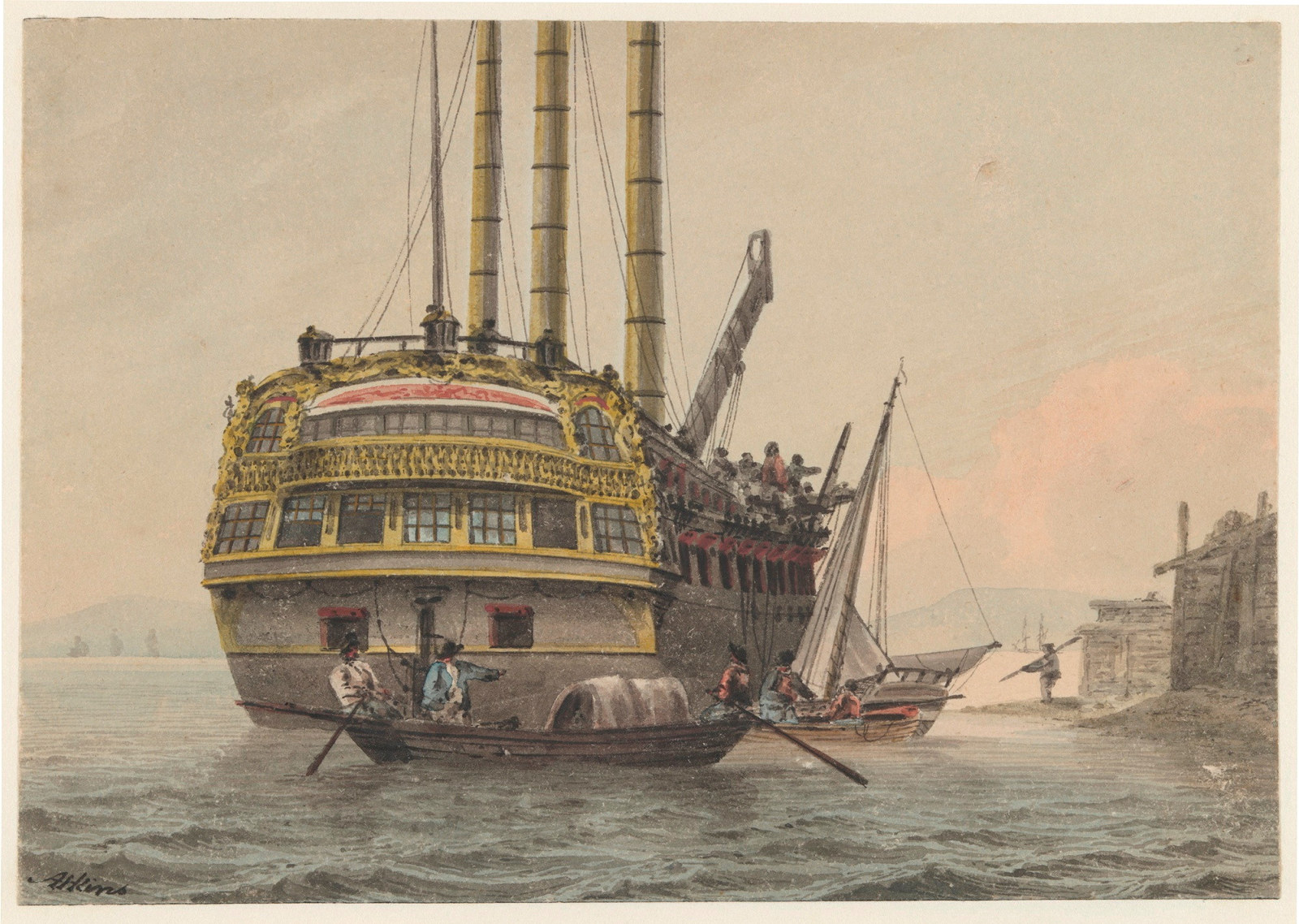
Convict hulks
In the 21st century we are accustomed to thinking of imprisonment as one of the more obvious forms of punishment for convicted criminals. This was not so in the past
Published on
Related

Convict hulks
In the 21st century we are accustomed to thinking of imprisonment as one of the more obvious forms of punishment for convicted criminals. This was not so in the past

Who were the Hyde Park Barracks convicts?
Pick-pockets and pirates, confidence tricksters and conspirators, rebels and rascals – between 1819 and 1848, Hyde Park Barracks had them all
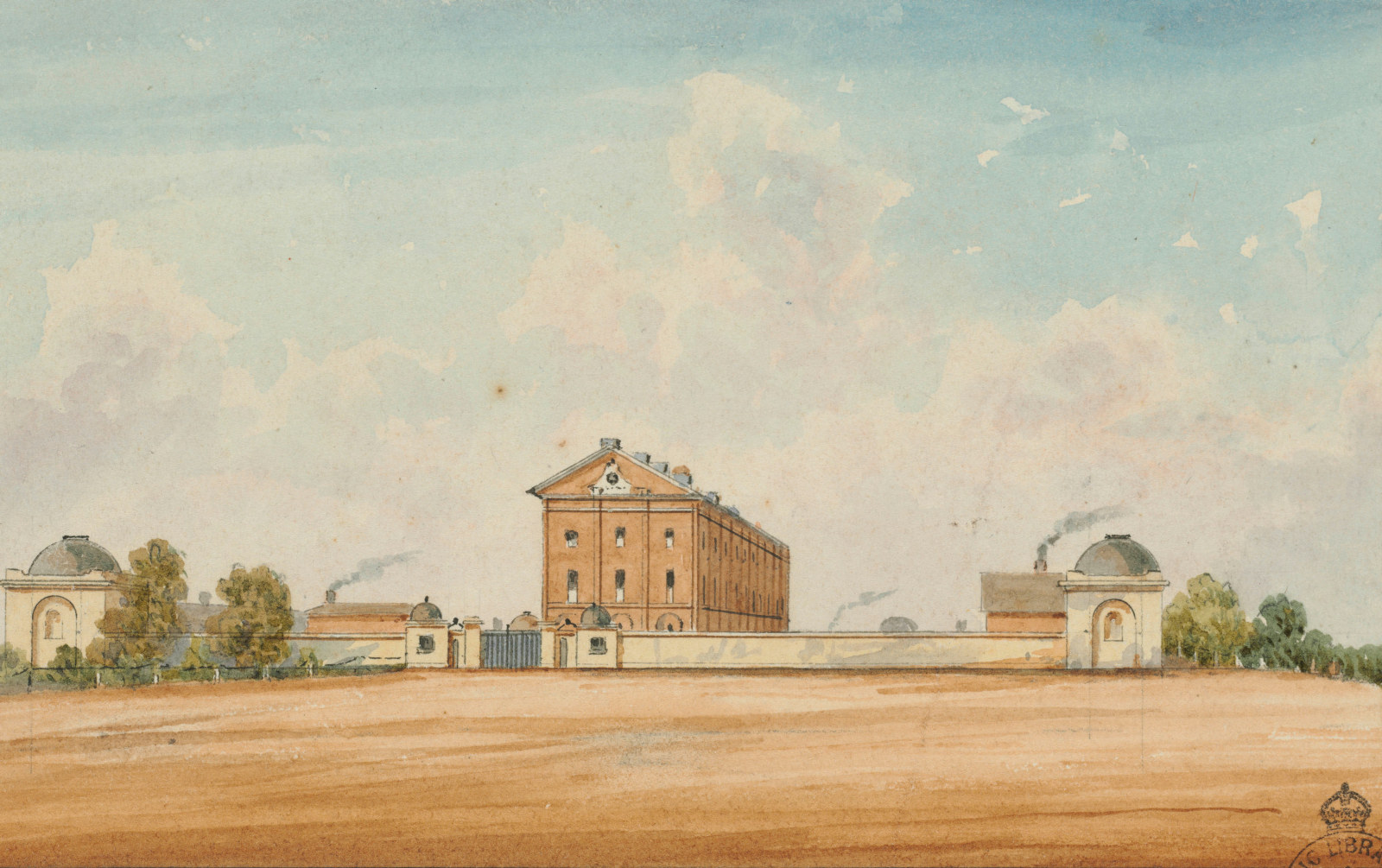
Convicts for the colonists
Colourful colonial-era stories from ou properties give us a window into the central role the Hyde Park Barracks played in convicts’ lives

Convict transportation to NSW
A history of convict transportation to New South Wales and related records such as trial records and records of the voyage and arrival
Learning resources
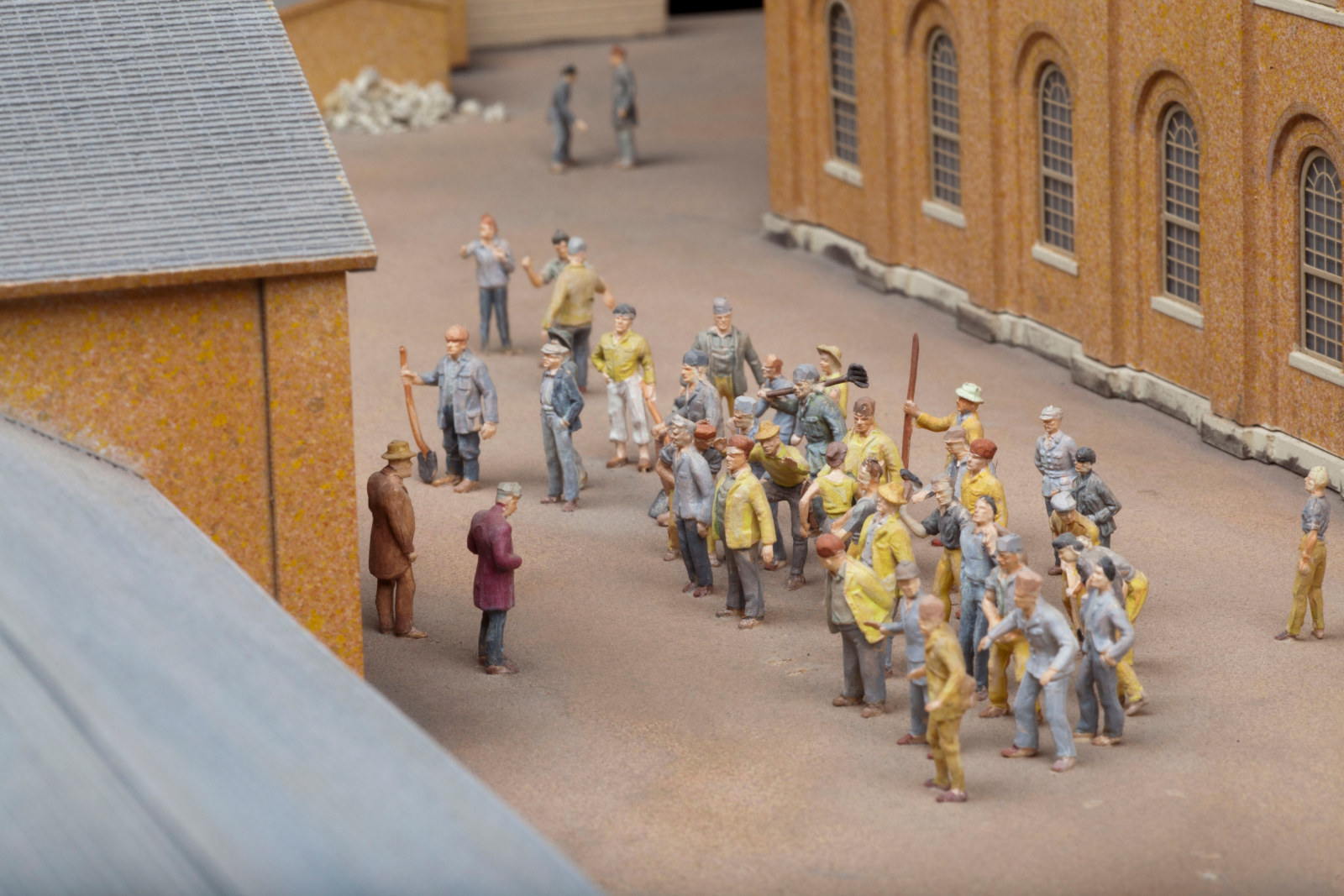
Resource
What work did convicts do?
There was a huge amount of work to do around the town of Sydney, and most of it was done by convicts who did lots of different jobs
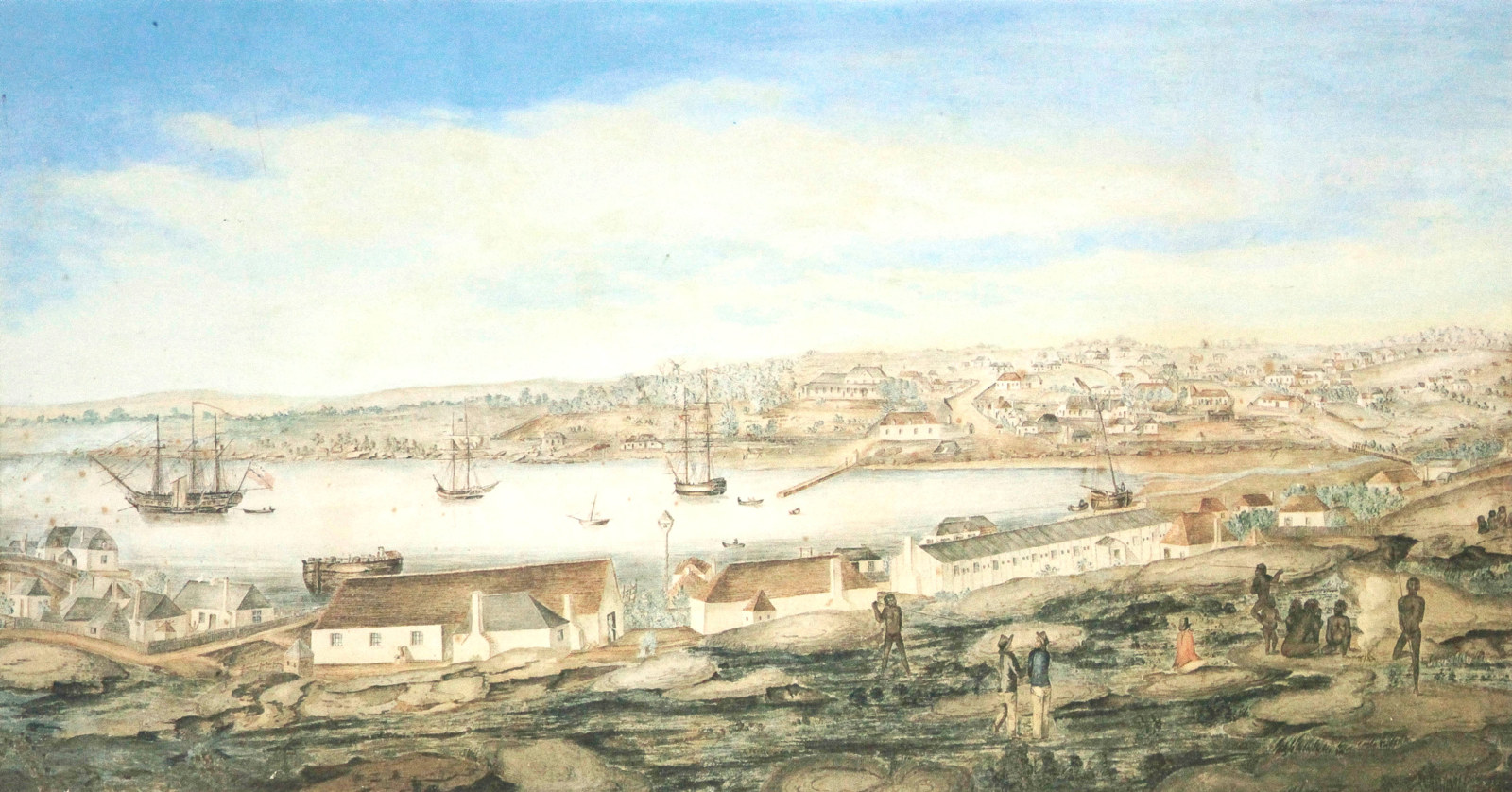
Resource
What was life in early Sydney like for convicts?
By 1801 Sydney had grown into a little village with streets and buildings
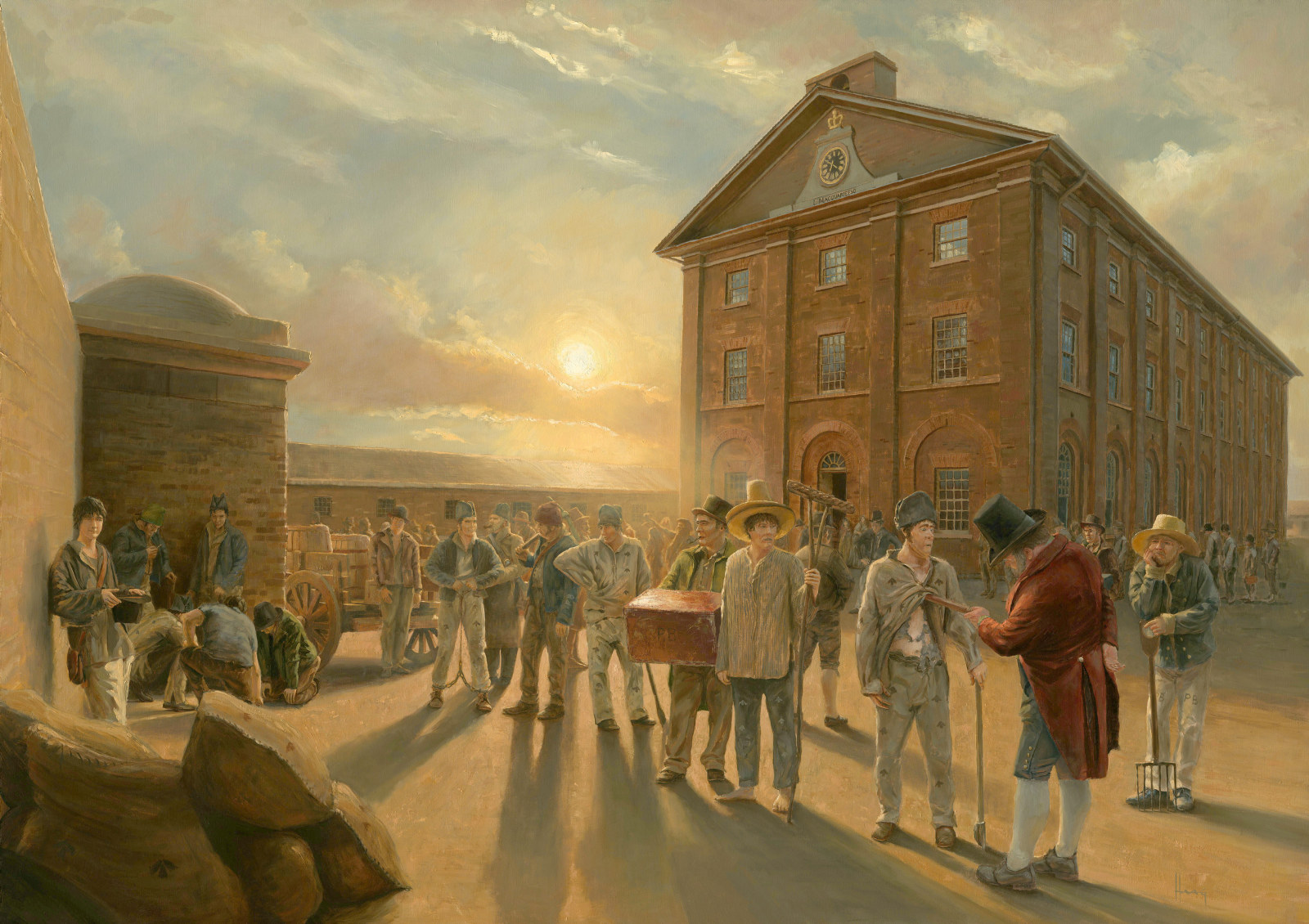
Convict Sydney
Convict Sydney
From a struggling convict encampment to a thriving Pacific seaport, a city takes shape
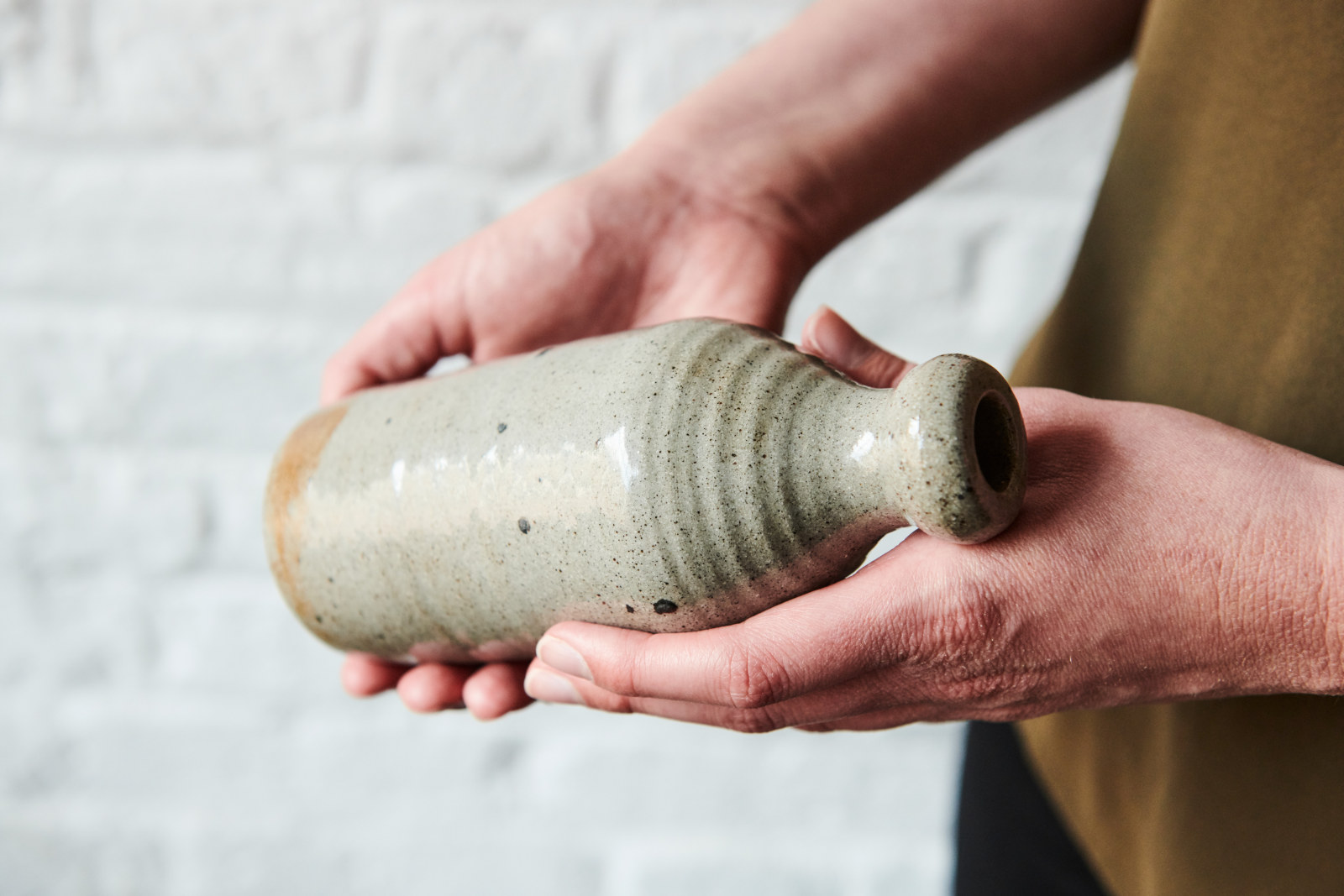
Learning resources
Explore our range of online resources designed by teachers to support student learning in the classroom or at home